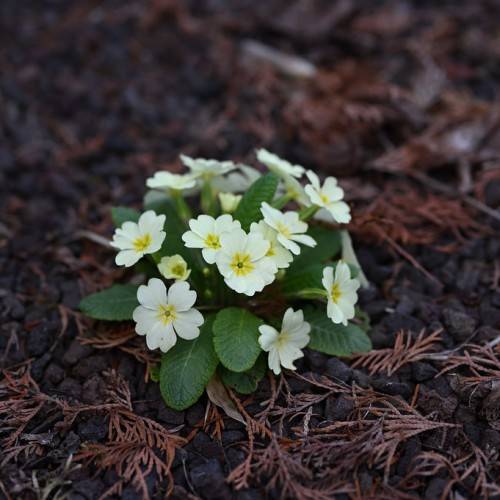
primrose
Primula vulgaris
Cycle:
Herbaceous Perennial
Watering:
Average
Hardiness Zone:
4 - 8
Flowers:
Flowers In Spring
Sun:
Part shade
Leaf:
Yes
Growth Rate:
Low
Maintenance:
Moderate
Care Level:
Easy
watering
Primroses (Primula vulgaris) require moist soil to thrive.Water deeply about once a week, enough so that water runs out the bottom of the pot.During the active growing season, check soil moisture once or twice a week.If the soil feels dry at the top, it's time to water.Watering in the early morning is best for primroses since it gives the foliage a chance to dry out by evening and helps minimize fungal diseases.In the winter, water only when the soil is completely dry as too much moisture can cause the roots to rot.
sunlight
Primrose (Primula vulgaris) prefers to be grown in partial sun or lightly shaded areas during the warm summer months. Primrose needs 4 to 5 hours of sunlight each day, with a little more during the morning. As the sun intensity increases during the afternoon, it can start to burn the leaves of Primrose so it should be placed in a partially shaded area during this time. During winter, Primrose should be moved to an area that receives 2 to 3 hours of direct sunlight per day for best growth.
pruning
Primroses should be pruned twice a year. Early spring is the best time to prune back established plants to reduce overgrowth and maintain a healthy form. At this time, remove any dead or diseased stems, and trim back a third of the stems to within 2 inches of the ground. The second pruning should take place in late summer, after the flowering period has ended. Again, remove any dead or diseased material, and cut back a third of the stems that are no longer producing flowers. Leave the foliage that is still healthy and producing flowers untouched.
